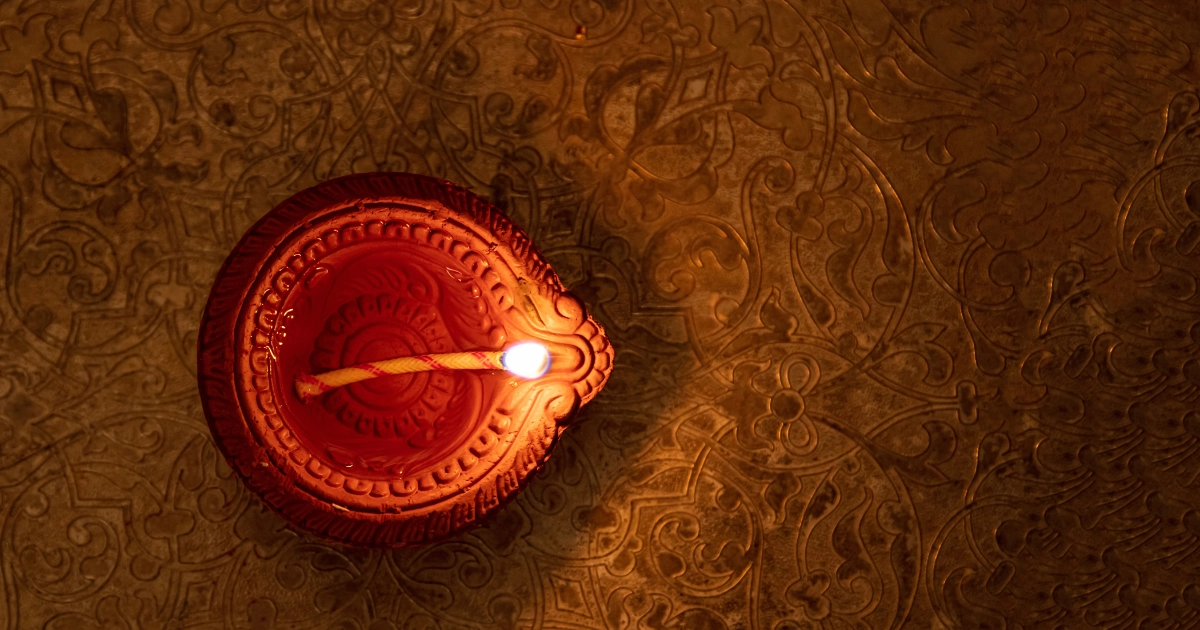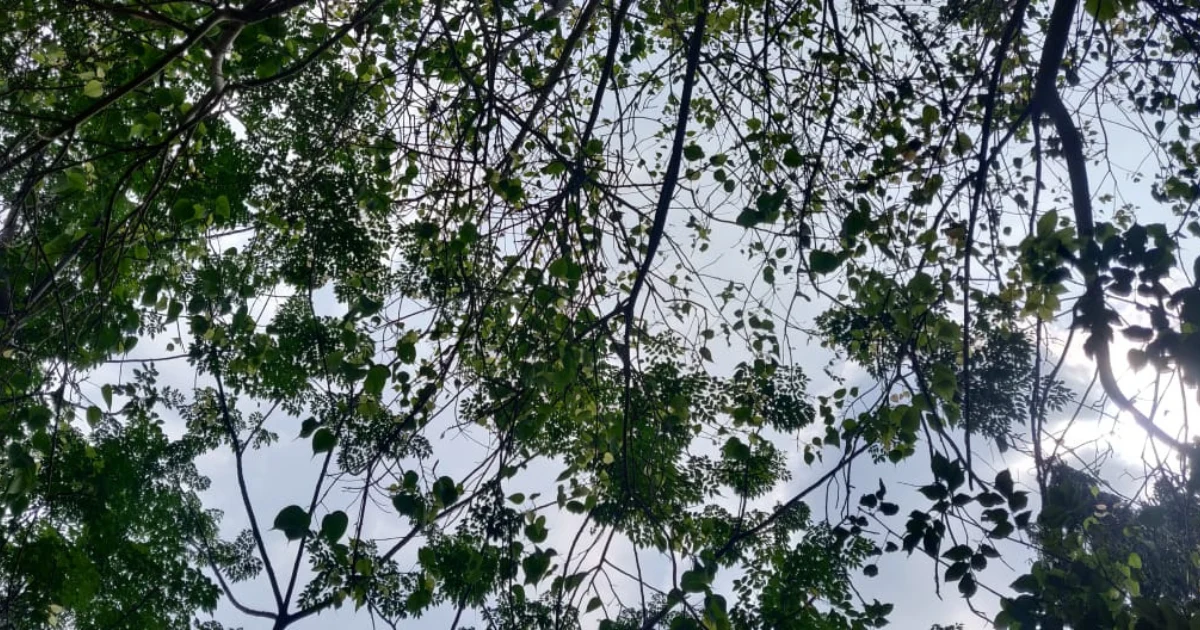In the age before the factory, before the clatter of the Lancashire mill, the world was clothed by hand. And for over three centuries, it was India that clothed the world. The warp and weft of global commerce, identity, and aesthetics were spun on looms in Bengal, Gujarat, Sindh, and the Coromandel coast. Indian cottons, silks, and embroideries were not mere adornments or markers of taste. They were the material infrastructures of early globalization. They travelled vast geographies, carried in the holds of Arab dhows and Dutch East Indiamen, stitched into local rituals and imperial economies. They were currency, couture, and cosmology.
How India Clothed the World (2009), edited by Giorgio Riello and Tirthankar Roy, begins from this material premise, offering a synoptic intervention into global economic history by shifting the locus of industrial dynamism and commercial modernity eastward. The essays in this volume refuse to treat Indian textiles as passive commodities caught in the wake of European expansion. Instead, they position India as a manufacturing powerhouse whose fabrics shaped taste, enabled trade, and stitched together the early modern world. This essay extends and dialogues with Riello and Roy's provocation by drawing on key works that deepen our understanding of India's textile ecologies and cultural economy, from Rahul Jain's Handcrafted Indian Textiles to Ṛta Kapur Chishti's Saris of India, from the encyclopedic Handmade in India to the colonial textile archive of John Forbes Watson.
Together, these sources unravel a fabric-centric epistemology of Indian history. They compel us to see cloth not only as an object but as an archive of movement, of labor, of desire.
Cloth as Cartography: The Geography of Indian Textile Production
The story begins with India's extraordinary regional diversity. Rahul Jain's Handcrafted Indian Textiles: Tradition and Beyond and the encyclopedic Handmade in India by Aditi and M.P. Ranjan presents an expansive topography of Indian weaving traditions, each region marked not just by technique but by ecological adaptation, jāti-based specialization, and spiritual symbology.
Bengal's famed jamdani, woven on pit looms along the banks of the Meghna river, required months to produce a single sari. Dhaka's muslins, famed for their extraordinary fineness and called 'woven air,' were tested by seeing if they could pass through a ring. The Greek historian Megasthenes wrote of Indian muslins in the fourth century BCE, and by the 18th century, Bengal was producing 40 percent of the world's cotton textiles.
In Kutch, the double-ikat patola saris of the Salvi community are masterpieces of symmetry, where both warp and weft are tie-dyed before weaving. A single sari could take over six months to complete, with motifs often drawn from Jain and Vaishnav traditions.
Gujarat's mashru, a silk-cotton hybrid worn by Muslim men (since silk was religiously proscribed against touching the skin), cleverly placed silk on the surface and cotton beneath. In Andhra Pradesh, Kalamkari artisans used tamarind pens and mordant dyes to create scrolls and temple hangings layered with narrative detail.
Tamil Nadu's Kanjeevaram saris, woven in silk with heavy gold zari borders, are feats of structural engineering. The korvai technique, in which the border and body are woven separately and interlocked by hand, requires up to three weavers on a single loom. In Assam, the muga silk moth, endemic to the Brahmaputra valley, produces a golden-hued fiber so durable, it is said to outlast generations.
This geographical spread suggests a core insight: textile production in India was not merely decorative or artisanal. It was infrastructural. It mapped cosmologies, kinship systems, and economic circuits. It generated a surplus. Clothes were valuable, and India wove that value.
Threads That Bind: Trade, Trust, and the Circulation of Indian Cloth
By the early modern period, Indian textiles dominated global markets. The Coromandel coast, Bengal, and Gujarat emerged as major export hubs. By 1750, the British East India Company alone was exporting over 23 million yards of cotton cloth from India annually. These included fine muslins, chintz, calicoes, and dyed longcloth.
Chintz, printed or painted cottons from the Coromandel coast, revolutionized fashion in Europe. Banned in France and England in the early 18th century for undermining local wool and silk industries, chintz nonetheless found its way into wardrobes and upholstery, its designs endlessly copied. It was Indian taste, not European fashion, that set the terms of style.
Gujarati traders, especially those from Surat and Cambay, played a central role in these circuits. Their networks stretched from Mocha in Yemen to Malacca in Southeast Asia. Armenian merchants facilitated inland transport and European contact. The Chettiars of Tamil Nadu established trust-based credit systems that undergirded this trade.
John Forbes Watson's Textile Manufactures of India, produced in the 1860s, was both a celebration and a death knell. It cataloged hundreds of textile samples for study in British design schools, encouraging the replication of Indian motifs through mechanized processes. But behind this archive lay a system in collapse. As Indian textiles were exhibited, their producers were being displaced.
Still, the fabrics moved. Sindhi ajrak cloths traveled to Oman, Zanzibar, and Basra. Bengal's textiles flowed along the Ganga to Patna and then overland to Tibet. Even today, Tibetan robes bear motifs originally produced in Murshidabad and Chanderi.
Clothes did not merely traverse geography. It traversed meaning. It was both currency and comfort, ritual and surplus, dowry and diplomacy.
Fabric as Flesh: Gender, Labor, and the Embodied Politics of Weaving
Ṛta Kapur Chishti's Saris of India catalogs over 100 distinct sari drapes across India. Each drape was attuned to local climate, occupation, and social codes. The nauvari of Maharashtra allowed horseback riding. The janajātiya drapes of Odisha left the midriff exposed for ventilation. The sari was never one garment. It was a thousand social scripts.
But if draping was performative, so was production. In Gandhi's spinning wheel (charkha) lay both political symbolism and a reclamation of feminized labor. Spinning had always been the work of women — unpaid, domestic, and rhythmic. The act of spinning became, in Gandhi's hands, a national act of sovereignty.
Indian women were not merely spinners. In the Sujani embroidery tradition of Bihar, they stitched domestic scenes, dreams, and protest onto cloth. In Kutch's Rabari community, women embroidered mirror work not only to reflect and repel evil spirits away but also to signal fertility, marriageability, and family prestige. The textile was not an ornament. It was an autobiography.
And yet, most textile histories erased these hands. Colonial records fixated on male weavers, guilds, contracts, and production quotas. Women's labor was seen as supplementary, domestic, invisible.
Reclaiming that history means reclaiming the body. The repetitive strain of weaving, the ache of dyeing, the heat of summer looms, the precision of kantha stitches done by moonlight.
From Cosmology to Commodity: Colonial Displacement and the Crisis of Meaning
The 18th century brought rupture. As Om Prakash and Prasannan Parthasarathi detail, British colonialism shifted India's textile economy from flexible, decentralized artisanal systems to coercive contract-based regimes. In Bengal, Company agents dictated prices, controlled inputs, and employed peons to enforce compliance.
Traditional weaver jātis were displaced. The Julahas of Uttar Pradesh, once thriving under Mughal patronage, faced impoverishment. In Madras Presidency, weavers were often paid in Company-issued tokens redeemable only at designated shops, a colonial scrip system designed to trap them in debt.
By 1811, nearly half the textile exports from India had vanished. British textiles, produced on powerlooms using Indian cotton, began flooding Indian markets. Manchester's rise was Mysore's fall.
But the loss was not just economic. Textile production in India was deeply cosmological. Certain weaving processes began only on auspicious days. Dye vats were tended like shrines. Weaving families passed techniques orally, encoded in songs. When these systems were uprooted, it wasn't just cloth that was lost. It was a worldview.
And yet, threads remained. In the 20th century, figures like Kamaladevi Chattopadhyay revived the handloom sector as a site of cultural nationalism. Post-independence, the All India Handicrafts Board cataloged regional traditions, re-establishing dignity in what had become stigmatized labor.
Today, India's handloom sector still employs over 4.3 million people, primarily in rural areas. Though challenged by industrial fabrics, handloom production continues to anchor identity, memory, and livelihood.
Weaving as Method: Toward a Fabricated Indian Historiography
What then does a fabric-centric Indian history offer?
First, it reorients our understanding of the economy. Indian textiles were not pre-modern residues. They were technologically sophisticated, demand-driven, and globally competitive. Jamdani weaving required 20,000 picks per motif. Natural dyeing involved complex mordants and timing. These were not folk arts. They were industrial arts.
Second, it brings visibility to neglected actors. Women, artisans, janajātiya communities, whose labor built global networks but whose names remain unrecorded.
Third, it destabilizes civilizational binaries. The hand and the machine, tradition and innovation, local and global. These dichotomies fray under textile scrutiny. India's weaving traditions were always hybrid, always adaptive. What we call tradition is often a 19th-century improvisation.
Finally, it suggests that the loom is a metaphor for interdependence. Warp needs weft. Form needs friction. A sari needs pleats. A history needs texture.
India's textile history is not just about color or craft. It is about power, pride, and presence. It is the story of how bodies dressed themselves with meaning. How hands turned fiber into value. How a subcontinent stitched its way into the world.
And if we are to imagine more ethical futures, of trade, of labor, of aesthetics, perhaps we must first learn to touch the past. Not as abstraction, but as fabric.
A history that breathes. A history that wears. A history, woven.
References
- Chishti, R. K. (2010). Saris of India: Tradition and beyond. Roli Books.
- Jain, R. (2011). Handcrafted Indian textiles: Tradition and beyond. Roli Books.
- Parthasarathi, P. (2001). The transition to a colonial economy: Weavers, merchants and kings in South India, 1720-1800. Cambridge University Press.
- Prakash, O. (1998). European commercial enterprise in pre-colonial India. Cambridge University Press.
- Ranjan, A., & Ranjan, M. P. (2007). Handmade in India: A geographic encyclopedia of Indian handicrafts. Council of Handicrafts Development Corporations.
- Riello, G., & Roy, T. (Eds.). (2009). How India clothed the world: The world of South Asian textiles, 1500-1850. Brill.
- Singh, M. (Ed.). (2000). Handcrafted Indian textiles: Tradition and beyond. Roli Books.
- Watson, J. F. (1866). The textile manufactures of India. India Office.







